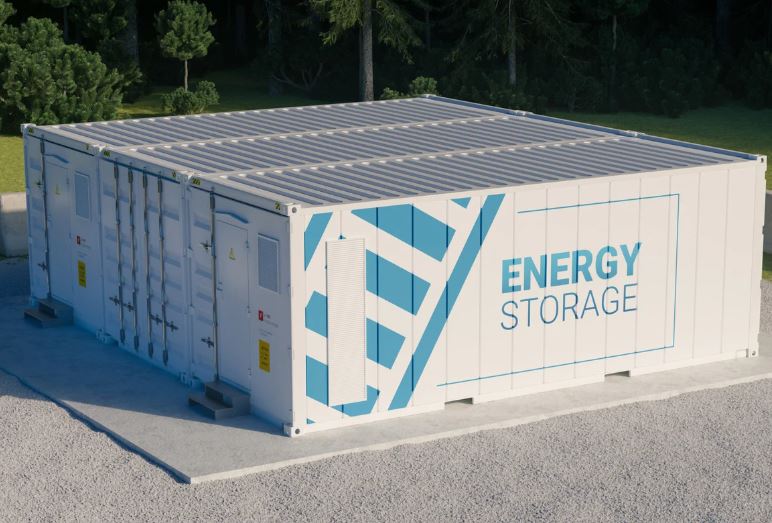China’s installed energy storage capacity climbed to 164.3 GW by June 2025, according to the China Energy Storage Alliance (CNESA), marking a 59% increase compared to the previous year.
Of this total, 101.3 GW stems from so-called “new energy storage” technologies—largely lithium-ion battery systems—representing a 110% year-on-year surge. The figures underscore both the scale and pace at which China is expanding its storage fleet to support renewable integration and grid stability.
The data, released at the Western Energy Storage Forum in Hohhot, Inner Mongolia, highlights how quickly lithium-ion and other non-hydro storage assets have moved from pilot status to dominant capacity additions. While pumped hydro remains a critical component of China’s long-term flexibility strategy, the crossing of the 100 GW threshold for battery-based systems signals a structural shift in investment priorities. This aligns with Beijing’s “new power system” strategy, which emphasizes flexibility, dispatchability, and the ability to accommodate high shares of variable wind and solar generation.
China’s rapid growth trajectory far outpaces that of other regions. The United States, the second-largest storage market, had around 20 GW of installed battery storage capacity as of early 2025, according to the U.S. Energy Information Administration—one-fifth of China’s new-energy storage fleet. Europe’s market, meanwhile, remains more fragmented, with Germany, the UK, and Italy driving deployments but collectively falling well short of China’s annual build-out. Such disparities are shaping global supply chains, with Chinese manufacturers dominating lithium-ion production and cost curves, enabling domestic projects to achieve scale that few competitors can match.
Lithium-ion technology dominates the expansion, but diversification is emerging. Chinese policymakers have repeatedly emphasized the need to promote flow batteries, compressed air, and other long-duration storage solutions to complement short-duration lithium-ion systems. Pilot projects for vanadium redox flow batteries and compressed air energy storage have entered operation in provinces such as Hubei and Jiangsu, although these remain small compared to the scale of battery storage now online. The government’s target to deploy at least 300 GW of new energy storage by 2030 will require sustained diversification to ensure resilience against supply chain bottlenecks and performance limitations.
For industry stakeholders, the acceleration of China’s storage build-out is both a market opportunity and a source of competitive pressure. The combination of state planning, manufacturing dominance, and aggressive capacity additions reinforces China’s central role in shaping global storage economics.
Stay updated on the latest in energy! Follow us on LinkedIn, Facebook, and X for real-time news and insights. Don’t miss out on exclusive interviews and webinars—subscribe to our YouTube channel today! Join our community and be part of the conversation shaping the future of energy.





